Antwerp 2016
Conference - Coppice Forests in Europe:
Ecosystem services, protection and nature conservation
University of Antwerp, Antwerp, Belgium, 15-17 June 2016
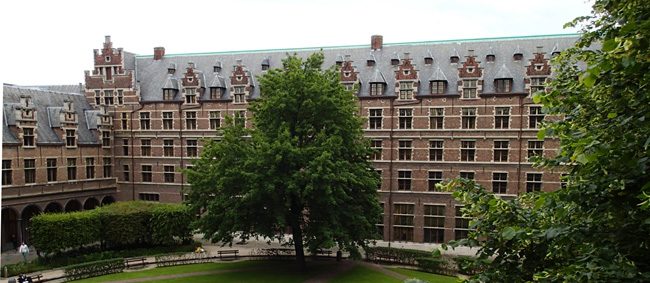
This COST Action FP1301 EuroCoppice Conference welcomed a group of over 60 researchers and practitioners at the stunning Stadscampus at the University of Antwerp in Belgium.
On Thursday June 16th there were 15 presentations on topics related to biodiversity conservation, ecosystem services and nature conservation policy and legislation, which provided much "food for thought" to all participants, regardless of their background and expertise. The following day, the Universities of Antwerp and Ghent and the Research Institute for Nature and Forest joined forces in a field trip covering the whole range of coppice forests in Belgium: coppice in a protected area, short rotation coppice research plots, industry with coppice for energy and a forest rich in history in which coppice management is being reintroduced.
Much gratitude is extended to the scientific and local organisers for making this such a fascinating and successful event.
Conference Information, Program and Book of Abstracts, including details on the Excursion
Visit the original Conference Website
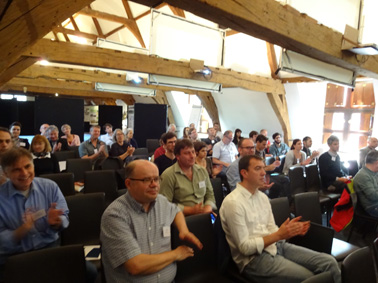
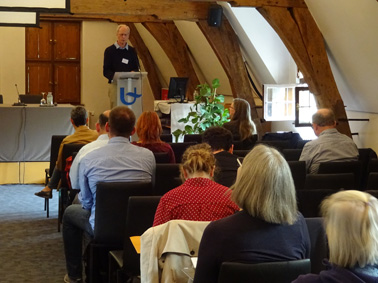
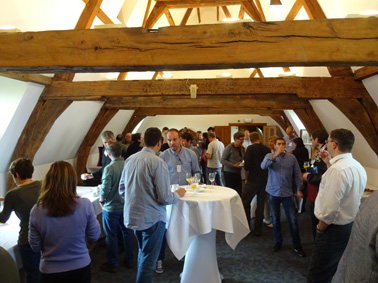
Thursday, June 16th, 2016: Conference Presentations and Posters
Session 1 Moderator: Prof. Reinhart Ceulemans, University of Antwerp
Keynote Lecture - Birds and forest structure
S. A. Hinsley & R. J. Fuller
Microhabitats in thinned aged oak coppiced forests in Luxembourg
C. Suchomel, P. Pyttel & A. Carneiro
Session 2 Moderator: Prof. Kris Verheyen, University of Ghent
Ecosystem services provided by ground vegetation in three years old willow SRC
D. Lazdina, I. Bebre & I. Pučka, presented by K. Makovskis
Ecosystem services from coppiced forests: the need to understand functional trait distributions in an era of environmental change and in light of land-use legacies
M. P. Perring, L. Depauw, S. Maes, H. Blondeel, E. De Lombaerde, D. Landuyt,
K. Verheyen & the forestREplot-network
Ecosystem services in coppice - importance and prospects as a strategic basis for effective forest management and human well-being
I. Tsvetkov, S. Bratanova-Doncheva, Y. Dodev & M. Zhiyanski
Session 3 Moderator: Prof. Valeriu-Norocel Nicolescu, University "Transylvania" of Brasov
Coppicing for watershed protection: the case of Ulza Basin in Albania
H. Kola, A. Diku & G. Zeneli
Session 4 Moderator: Dr. Kris Vandekerkhove,
Research Institute for Nature and Forest (INBO)
Posters
T. Danut, G. F. Borlea & A.-M. Ţenche-Constantinescu
Drought effects on biodiversity of coppice forests in Central Anatolia, Turkey
M. Ertekin
Contribution to the dendrologic diversity in the forest of national park "fruska gora" in Serbia
M. Krstić, R. Cvjetićanin, V. Babić & B. Kanjevac
Ecocsystem services and tree growth on hybrid aspen (Populus tremula x tremuloides) plantings under different fertilization and planting schemes
D. Lazdina, K. Makovskis, T. Sarkanabols, A. Bardule, A. Lazdins, A. Halliullina & V. Rudovica
Quantifying understorey responses to overstorey opening to better predict tree regeneration success
E. De Lombaerde, L. Baeten, K. Verheyen & the forestREplot-network
G. Mei, C. Colpi, F. Taffetani, L. Gubellini & G. Corti
Sustainability and durability of tabor oak park-forest in the presence of wildfires and grazing: to resprout or not?
O. Reisman-Berman
Patterns of change in the extent of coppicing at the landscape scale
P. Szabó, J. Müllerová, M. Macek, S. Suchánková & M. Kotačka
Initial stage advantage of sessile oak coppice sprouts over seedlings under drought conditions
M. Stojanović, J. Szatniewska, R. Pokorný, M. Čater, A. M. Tripathi & T. Šlancarová
Coppice forests as an alternative to shrubland areas in Portugal
H. Viana, B. Esteves, J. Ferreira & A. Rodrigues
Excursion - Impressions
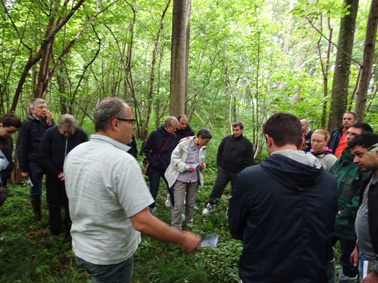
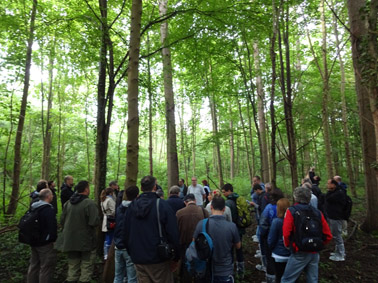
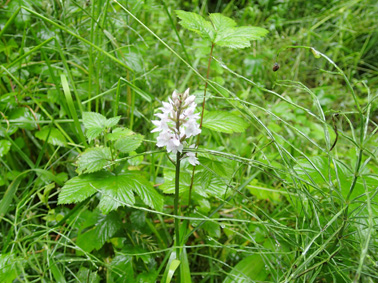
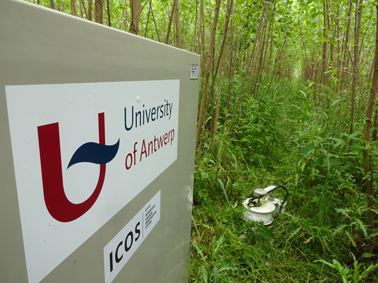
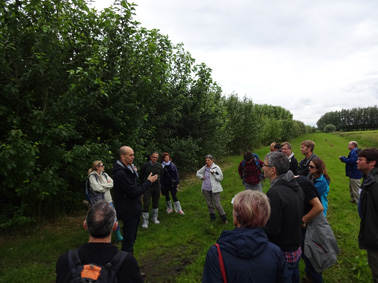
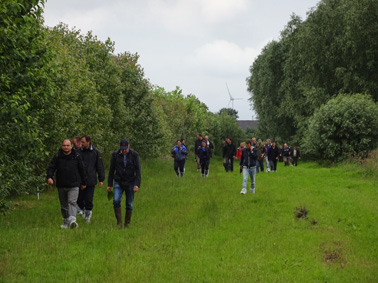
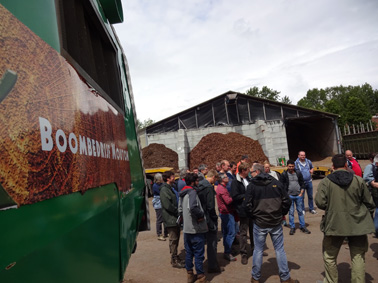
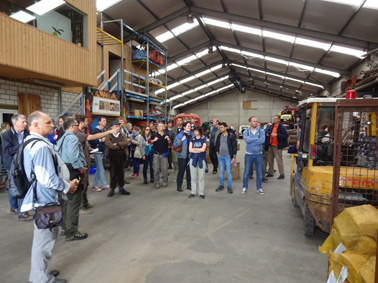
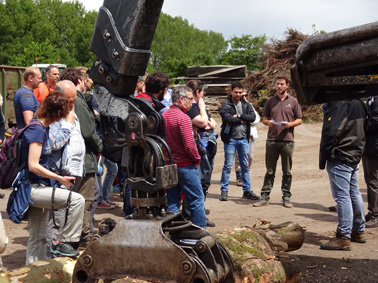
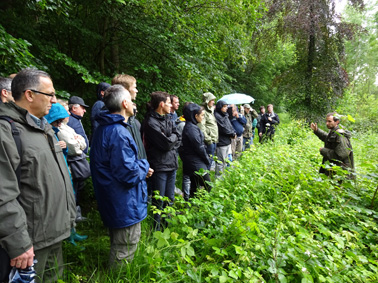
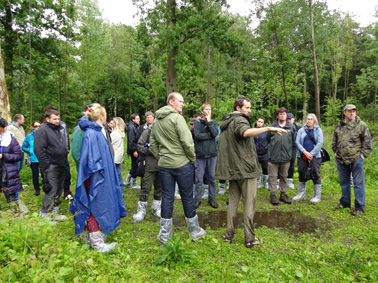
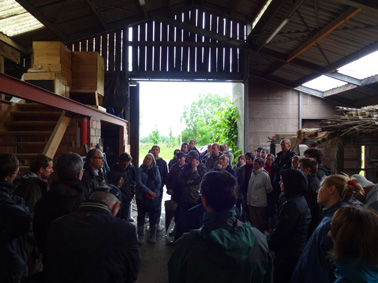
Images: Nicolescu (university courtyard, orchid), Unrau (rest) 2016
